|
|
|
|
It’s very common for an article that appears in The Conversation to stem directly from an editor’s curiosity and desire to learn more about a subject in the news. That’s the case as we strategized over how to cover the Nobel Prizes announced last week. When the Nobel in physiology or medicine went to the scientist who sequenced the DNA of ancient hominin fossils, our discussion led to the simple but perhaps underappreciated fact that our homo sapiens ancestors lived at the same time as other human species – not only Neanderthals but others as well.
This led to this fascinating overview of human evolution over tens of thousands of years by evolutionary biologist Joshua Akey, who explains how this field of study relates to health issues today. “Although there are still many unanswered questions, the picture emerging from analyses of ancient and modern DNA is that not only did multiple hominins overlap in time and space, but that matings were relatively common,” he writes.
A story on male contraception came out of a similar impulse to find a science angle on events in the news – in this case, the bombshell Supreme Court case that made federal protections for abortion unconstitutional. One of the leading researchers in the field, Christina Chung-Lun Wang of UCLA, explains the different approaches now under development and details some of the social and technical barriers to broad use.
Other times, our articles come from surveying the latest scientific literature, which is how this story on engineering living materials came about. Rice University synthetic biologist Sara Molinari describes her work genetically engineering microbes so that they can grow into usable materials. “Researchers can turn bacteria into sensors for environmental pollutants by modifying them to change color in the presence of certain molecules. Researchers have also used bacteria to create limestone particles, the chemical used to make Styrofoam and living photovoltaics, among others,” Molinari writes.
Also in this week’s science news:
If there’s a subject you’d like our team of science editors to investigate, please reply to this email.
|

|
Martin La Monica
Director of Editorial Projects and Newsletters
|
|
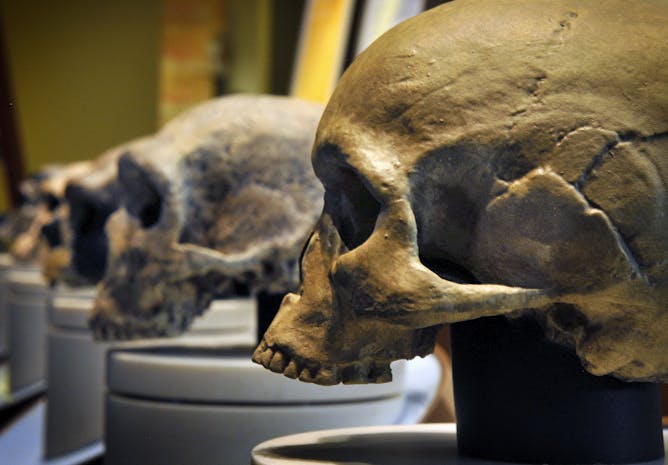
Hundreds of thousands of years ago, our Homo sapiens ancestors shared the landscape with multiple other hominins.
The Washington Post via Getty Images
Joshua Akey, Princeton University
Ancient DNA helps reveal the tangled branches of the human family tree. Not only did our ancestors live alongside other human species, they mated with them, too.
|
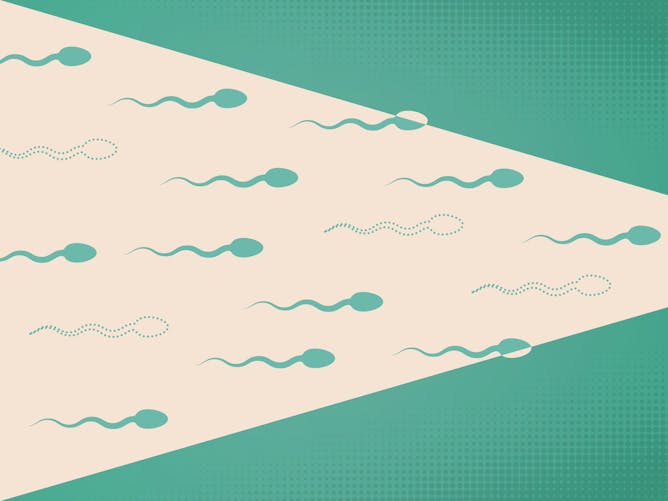
Lack of pharmaceutical industry interest has stymied the development of new male contraception options.
filo/DigitalVision Vectors via Getty Images
Christina Chung-Lun Wang, University of California, Los Angeles
There hasn’t been a new form of male birth control since the 1980s. More contraception options for all partners could help reduce the rate of unintended pregnancies.
|
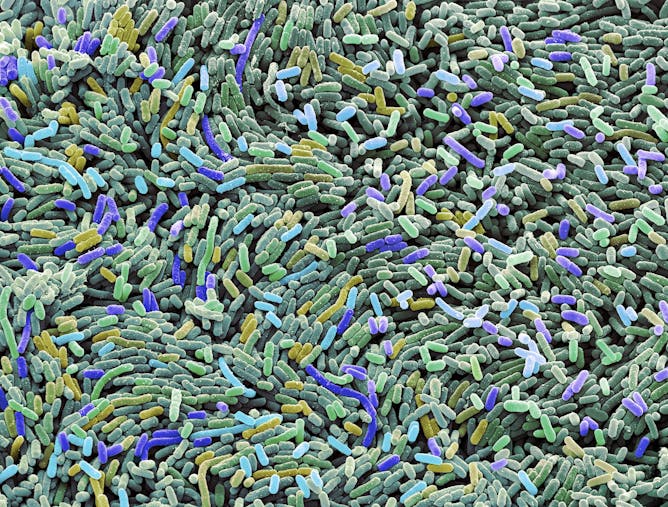
As a material, bacteria’s ability to rapidly multiply and adapt to different conditions is an asset.
Gschmeissner/Science Photo Library via Getty Images
Sara Molinari, Rice University
The walls of your house could someday be built with living bacteria. Synthetic biologists are engineering microbes into living materials that are cheap and sustainable.
|
|
|
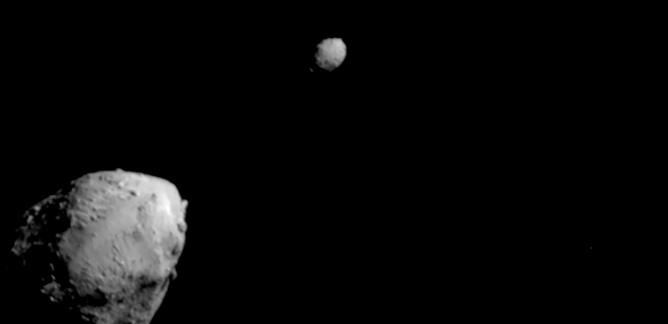
David Barnhart, University of Southern California
The Double Asteroid Redirection Test successfully showed that it is possible to crash a spacecraft into a small asteroid and change its orbit. This technique could save Earth from asteroids in the future.
| |

Vijaya Daniel, UMass Chan Medical School
Millions of Americans wear jewelry that pierces the ear, nose, lips, tongue and genital areas. But adorning yourself with metal body art can be a health hazard.
|
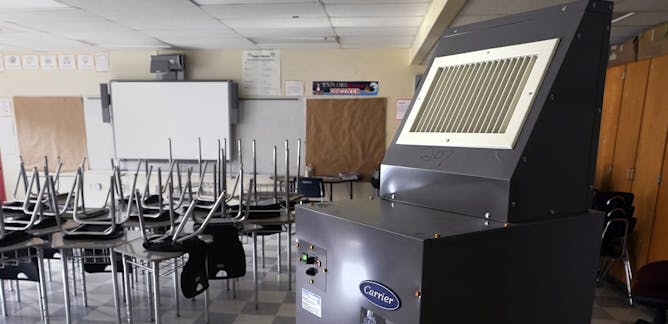
Patricia Fabian, Boston University; Jonathan Levy, Boston University
A lot of federal money is now available for making school buildings healthier. Two environmental health experts explain how school districts can best use it.
| |
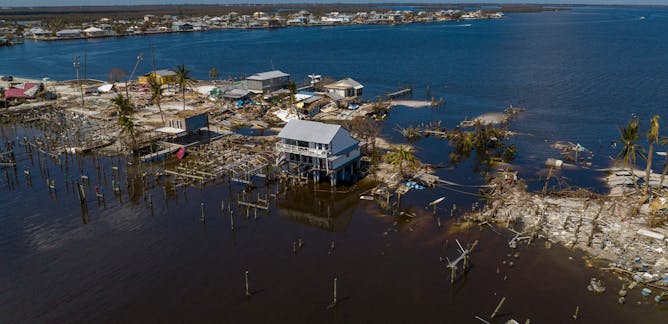
Zhe Zhu, University of Connecticut; Su Ye, University of Connecticut
Artificial intelligence can spot differences in images from before and after a storm over wide areas in almost real time. It showed Hurricane Ian’s vast damage in Florida.
|
|
|
|
|
-
Andreas Muller, University of South Florida
A multitude of experiments have shown the mysterious phenomena of quantum mechanics to be how the universe functions. The scientists behind these experiments won the 2022 Nobel Prize in physics.
-
Jennifer Weeks, The Conversation
Published in 1962, ‘Silent Spring’ called attention to collateral damage from widespread use of synthetic pesticides. Many problems the book anticipated persist today in new forms.
-
Neal Lane, Rice University
The director of the Office of Science and Technology Policy plays a critical role in achieving the president’s science goals. Facilitating cooperation among the dozens of research agencies is key.
-
Heyang (Peter) Zhang, University at Buffalo
Click and bioorthogonal chemistry has enabled researchers to closely study how molecules work in their natural state in living organisms, with applications that span from cancer treatment to polymers.
-
Nicholas Peters, University of Tennessee
Quantum entanglement is the stuff of sci-fi, advanced physics research and, increasingly, technology used by governments, banks and the military.
|
|
|
| | |
| | |
| |
| |
| |
|
|
|